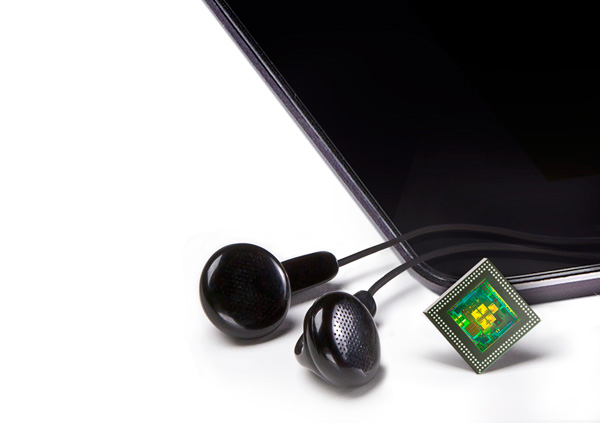NVIDIA's Tegra 3 Launched: Architecture Revealed
by Anand Lal Shimpi on November 9, 2011 12:34 AM ESTASUS' Transformer Prime: The First Tegra 3 Tablet
With Tegra 2, Motorola was the primary launch partner both for smartphones and tablets. Since then, ASUS has risen in the ranks and is now a serious competitor in the Android tablet space. It's no surprise that the first Tegra 3 tablet out of the gate is ASUS' Transformer Prime.

ASUS will launch the Transformer Prime in the US before the end of the year. The tablet's specs are below:
| Tablet Specification Comparison | ||||||
| ASUS Eee Pad Transformer | ASUS Eee Pad Transformer Prime | Apple iPad 2 | Samsung Galaxy Tab 10.1 | |||
| Dimensions | 271mm x 175mm x 12.95mm | 263 x 180.8 x 8.3mm | 241.2 x 185.7 x 8.8mm | 256.6 x 172.9 x 8.6mm | ||
| Display | 10.1-inch 1280 x 800 | 10.1-inch 1280 x 800 Super IPS+ | 9.7-inch 1024 x 768 IPS | 10.1-inch 1280 x 800 PLS | ||
| Weight | 675g | 586g | 601g | 565g | ||
| Processor | 1GHz NVIDIA Tegra 2 (2 x Cortex A9) | 1.3GHz NVIDIA Tegra 3 (4 x Cortex A9) | 1GHz Apple A5 (2 x Cortex A9) | 1GHz NVIDIA Tegra 2 (2 x Cortex A9) | ||
| Memory | 1GB | 1GB | 512MB | 1GB | ||
| Storage | 16GB + microSD card | 32GB/64GB + microSD slot | 16GB | 16GB | ||
| Pricing | $399 | $499/$599 | $499 | $499 | ||
Final Words
At a high level Tegra 3 doesn't surprise us much. The improved GeForce GPU should deliver tangible performance gains both through increased operating frequency and more pixel shader hardware. CPU performance should also be better than Tegra 2 based designs thanks to an increase in clock speed, the inclusion of MPE and the availability of more cores for threaded applications. In the move from one to two cores we saw significant performance increases across the board in Android. I don't expect that we'll see gains of a similar magnitude in moving from two to four cores, but there will be some benefit.
For the majority of use cases I believe NVIDIA has done the hardware homework necessary to extend battery life. Individual cores can now be power gated and the companion core should do most of the lifting while your device is locked or mostly idle, processing background tasks.
How much of an impact we'll actually see from all of this remains to be seen. We hope to have our hands on the first Tegra 3 hardware in the coming weeks, so before the year is up we'll hopefully have some answers.

















94 Comments
View All Comments
shiznit - Friday, November 11, 2011 - link
In a couple generations Nvidia may have a faster cpu than AMD lol. Who would have thought that when AMD bought ATI and some were saying Nvidia was doomed.ol1bit - Friday, November 11, 2011 - link
I think Nvidia's 5 core solution is right on for the limitation of the battery today.Want to really crap up the amps, then plug your phone in.
Have to always remember the battery limitations of today's devices.
lancedal - Monday, November 14, 2011 - link
As you can see on the demo video, there are quite a bit of overlap between the companion core and the other main core. Note that, per Nvidia, tasks can not be executed across the companion core and the other core. So, in the case of web-browsing and video playback, in order to smoothly transition between the 5th and the main cores, software would try to copy content over to the 5th core while the main cores are running and vice versa. As a result, there are huge overlap and this would cause higher power consumption in general usage (but lower power-consumption in standby). Compare this with Tegra-2, you would have shorter battery life on web-browsing or video playback.staryoshi - Saturday, November 19, 2011 - link
I am wanting Tegra 3 products something fierce. I can't wait for Prime to hit and smartphones to follow.